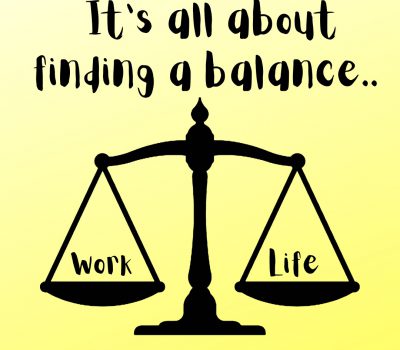

Cultures can be changed; trust can be built, visions can be discovered and defined and effective communication and collaboration strategies can be taught.

Methods of communication are much different today than when I entered the field of education twenty years ago. As the leader of my classroom, I communicated with parents through a parent night at the beginning of the year, parent/teacher conferences in the fall, and weekly newsletters. My building principal’s communication methods were similar. I used those tools to mostly tell parents what we were working on in class and what would be coming in the near future.
Currently, however, leaders have a higher demand for regular and varied communication. Every piece of communication is a piece of the story the leader is trying to tell about the organization. It’s an opportunity to be boring (and if that’s the case, no one is going to get the message, anyway), or it’s a chance to be inviting and engaging. The vast majority of the stakeholders will be interacting regularly on social media, so we need to take daily communication to those platforms. If we want students and staff to be utilizing a variety of communication methods and digital tools, then the leaders must be modelling those.
Ways of communicating are only a piece to the puzzle. Strong communication skills are essential for healthy collaboration. People aren’t actually collaborating if they aren’t steadily communicating about the goals and outcomes for what is trying to be accomplished. Effective collaboration is vital to successful practices regardless of industry.
“Leaders understand the central role that cross-group collaboration plays in business today. It’s how companies of all shapes and sizes plan to innovate, stay relevant, and solve problems that seem unsolvable….In short, it’s how companies plan to succeed, compete, and just survive.” From Harvard Business Review
Leaders in every industry are seeing the importance that strong communication and effective collaboration skills play in the success of an organization. As leaders, we are tasked with modelling (sometimes teaching) best practices, as well as providing opportunities for application. Not every meeting needs to be collaborative, but an environment that promotes collaboration can also stimulate innovation. It’s up to the leaders to build relationships that encourage the team mindset necessary for true collaboration to take place.
Currently, I find myself collaborating on projects with a principal in California, a business owner in New York, an HR expert in Florida, a director of technology in Indiana, and educators in Texas and Illinois. Some of this work happens face-to-face, but the large majority happens via Slack, Voxer, Google Docs, Google Hangouts, Zoom, and good “old-fashioned” email. These digital communication tools also offer collaborative opportunities, allowing us to work simultaneously, or not, depending on the project and our own time constraints. It also allows meetings to take place in offices, airports, homes, and coffee shops. Technology plays an increasingly important role in how we collaborate and often produces better, more thorough results. We have the systems in place to aid communication and collaboration, but we have to have other important aspects secured in order to produce efficient and effective results.
One study found that collaboration breaks down when there is a lack of trust. If you don’t trust the members of the team, then you tend to micromanage each component of the process and project. Leaders need to have a team comprised of people who bring different skills to the table, and who they trust to do their jobs in the group. Collaboration also breaks down when one person is too attached to one idea. We have to have a growth mindset and be willing to hear each person’s thoughts even if it differs with our own. A collaborative project needs to begin with a clear end goal. It’s the leader’s job to provide the clarity of that goal and the desired outcomes, and then show how this ties in the with overall vision for the organization. Each team needs to establish group norms at the forefront of the project. These keep everyone focused on individual accountability while working towards the group responsibility. Everyone can keep momentum moving when the norms and processes are clear and in place.
Similarly, Slack conducted a survey of 7000 employees around the world and asked, “What makes good collaboration? This is what they found:
What I see in those two studies is that it all comes back to a positive work culture. The good news is that cultures can be changed. Trust can be built. Visions can be discovered and defined. And effective communication and collaboration strategies can be taught. What’s standing in your way?